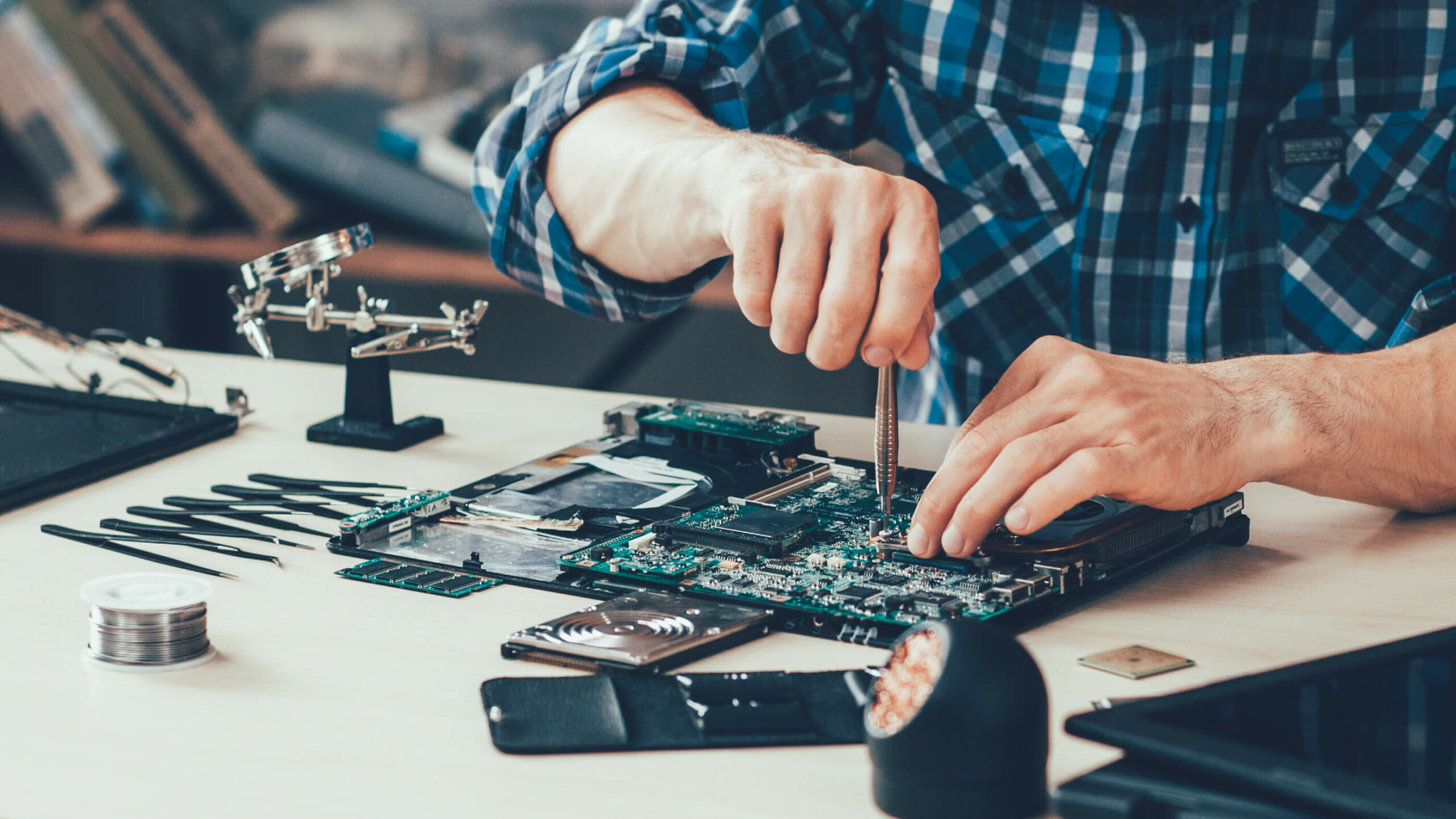Basic power electronics in energy systems
Overall Course Objectives
The overall purpose of the course is to provide the student with a basic understanding of power supplies (uninsulated and insulated) in DC and AC converters as well as one-phase and three-phase circuits. In addition, courses include a basic knowledge of the use of switch mode power electronics in simple, regulated systems, eg in motor drives, renewable energy systems and amplifiers.
See course description in Danish
Learning Objectives
- describe and calculate the concepts of efficiency, mean value and power factor
- classify converter types and pulse-width modulation
- explain crucial properties of passive and active components in relation to power converters
- determine the time course of voltages and currents for the basic converter topologies (buck, boost and buck-boost) and derivatives thereof
- derive the transfer function for both the basic topologies and derivatives thereof
- determine basic parameters, signals and power losses in power electronics circuits based on simulations
- design transformers in galvanically separated topologies (f.x. forward, flyback, push-pull, half-bridge, full-bridge)
- determine basic parameters in switch mode circuits based on measurements on these
- specify power converters and their components using English technical language under realistic working conditions for practicing engineers
- clarify the operation of single-phase and three-phase pulse-width modulated inverters and pulse-width modulated rectifiers
- explain crucial features of V / Hz control of three-phase AC machines and frequency converters
- co-creation of all exercises and self-reflection on own learning and wellbeing in an engineering environment
Course Content
Overview of power electronics
Passiv components: capacitors and inductors
Signals: RMS value and average value
Active components: diodes and MOSETs as switches
Rectifier circuits
Nonisolated converters: buck, boost and buck-boost converters
Properties, states and supporting circuits of power converters
Isolated converters: single phase tranformers, forward and flyback converters
Single- and three-phase PWM inverters and rectifiers
Modulation strategies (PWM)
Three-phase V/Hz control of AC machines
Single-/multiple-quadrant operation
Switch mode drives and audio amplifiers
Simple feedback systems
Human cooperation in a power electronics environment
Recommended prerequisites
Electrical components and Ohm’s Law & Kirchhoff’s rules, such as:
Electrical circuits 1 & 2 or
Electrical Engineering & Analog Electronics or
Introducing Electronics & Circuit Theory 2 or
corresponding
Furthermore recommended: basic understanding of Maxwell’s equations, such as:
Electromagnetism or Electrophysics and Materials
Signals and systems, such as:
Linear systems and signals.
(If in doubt, contact to the course responsible!)
Teaching Method
Offered teaching material through videos and quizzes, chat-based communication, artificial intelligens, peer-review, problem solving and lab work, exercises.
The teaching is based on flipped classroom.
Learning is encouraged as co-creation with group and class members.
Faculty
Remarks
A number of exercises/problems are part of the course. Those are distributed throughout the semester.
E-learning: The theory part (approximately the first half part of the course) can be taken “self-paced” to a high extend (based on videos, quizzes and chat-based help).
The setup of the course highly reflects working conditions for a practicing engineer.
Limited number of seats
Minimum: 10.
Please be aware that this course will only be held if the required minimum number of participants is met. You will be informed 8 days before the start of the course, whether the course will be held.






